Content Filter:
June 20, 2024
优化季节电价,推动电气化供暖
近年来,热泵的推广和应用在我国发展较快,与其他国家一样,要实现清洁供暖的目标仍然任重道远,在采购供暖设备时,许多用户与供热商仍存在犹豫,其中认为热泵运行成本较高是主要因素之一。本文将简要探讨可能解决此问题的路径之一,进一步完善分时电价机制中的季节性差异,即季节性电价–通过调节季节性电价来降低用户电费,有助于缓解对运行成本的担忧,促进热泵的使用率,从建筑电气化层面来支持我国实现双碳目标。 2021年7月26日,国家发改委印发了《关于进一步完善分时电价机制的通知》(发改价格〔2021〕1093号),倡导“进一步建立健全季节性电价机制”,为用户提供更明确的价格信号。更针对电采暖,提出了“季节性电采暖电价“政策指导,降低用电成本的同时更进一步推动热泵部署。自2021年来,许多省份已经响应号召,实施了季节性分时电价。随着更多的大规模可再生能源并入电网,提高建筑终端用能电气化水平可以有助于消纳电量,另外,制定季节性电价可以降低清洁采暖成本,保障民生供暖需求。因此,有必要考虑如何建立健全季节性电价机制。 与适用于… View Summary +

June 13, 2024
New Report Shows the Diversity of Clean Energy Siting Policies and Permitting Authorities Across the Country
- Shawn Enterline ,
- Nelson Falkenburg
Across the United States, support for renewable energy is growing. Public opinion surveys regularly show that most Americans see the development of lower-emission energy sources as a priority. The U.S. government is looking to keep up this momentum to… View Summary +
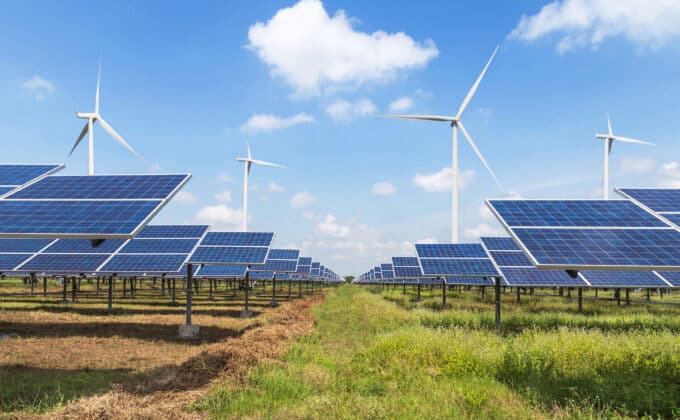
May 31, 2024
What’s the Buzz? Ground-Truthing Cold-Climate Heat Pump Performance
I live in Missoula, Montana, a small college town tucked into the Rocky Mountains. We’re known for our outdoor access, not for our burgeoning restaurant scene. So when a new spot opens, there’s usually a lot of buzz. It’s exciting… View Summary +
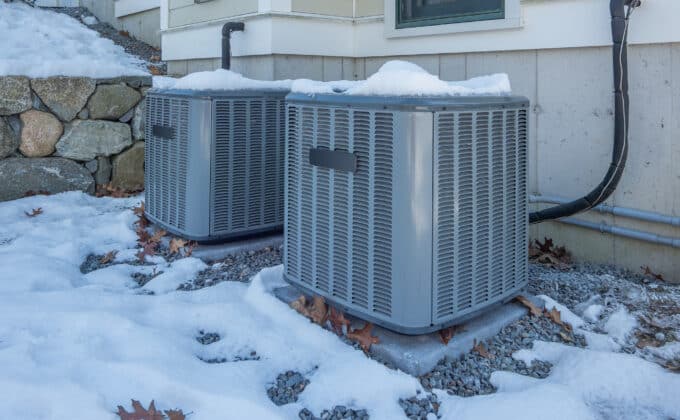
May 19, 2024
欧洲议会微调容量电价机制意味着什么?
引言 欧盟电力市场改革是近几个月的热门话题。此次改革将修订一系列法律法规,包括欧洲内部电力市场法规和指令、能源监管机构法规以及批发能源市场一体化和透明度的法规。修订草案已经于2024年4月11日由欧洲议会全体会议投票通过。下一步,该草案将在未来的几周内经过欧盟理事会的投票后最终生效。虽还须经过欧盟理事会的正式采纳,但预计草案内容不会有太大的变化,我们就此契机介绍和分析欧盟电力市场改革。本轮欧洲电力市场改革内容广泛,本文主要聚焦在对容量补偿机制和与之密切相关的现货市场改革的讨论。… View Summary +
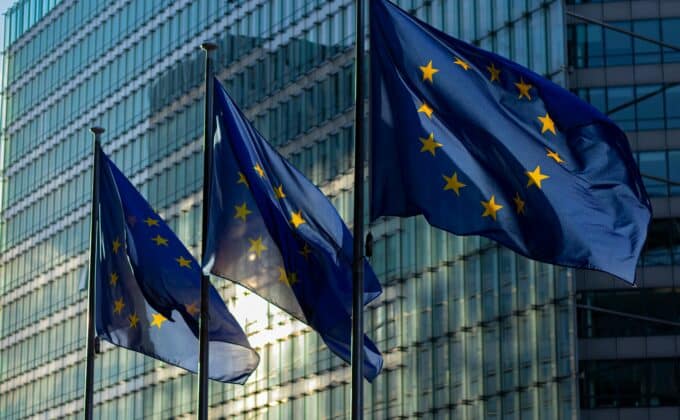
May 9, 2024
Cold-Climate Heat Pumps Pass the Ultimate Test: a Maine Winter
Heat pumps use electricity to transfer heat, making them an energy-efficient alternative to furnaces and air conditioners. In 2019, the state of Maine made residential heat pumps a core piece of its climate strategy and set a goal… View Summary +
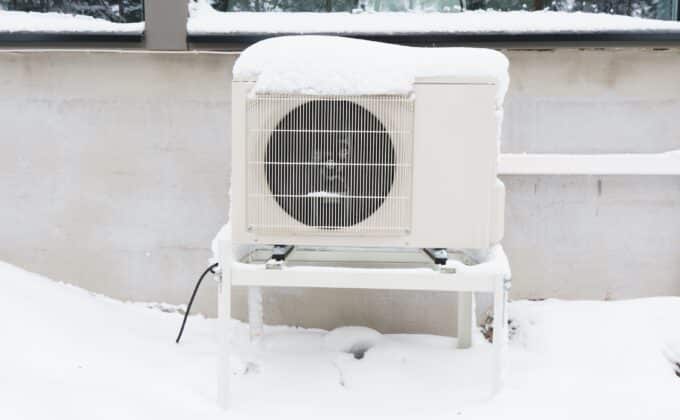
April 15, 2024
Risky Reliability: Will Regulators Address the Price Risk of the Next Generation of Gas Power Plants?
Thanks to an increase in manufacturing development, electricity demand is rising faster than expected in the Southeast. As a result, Duke, Georgia Power and TVA are asking their regulators to approve a series of new gas-fired generators using reliability and… View Summary +
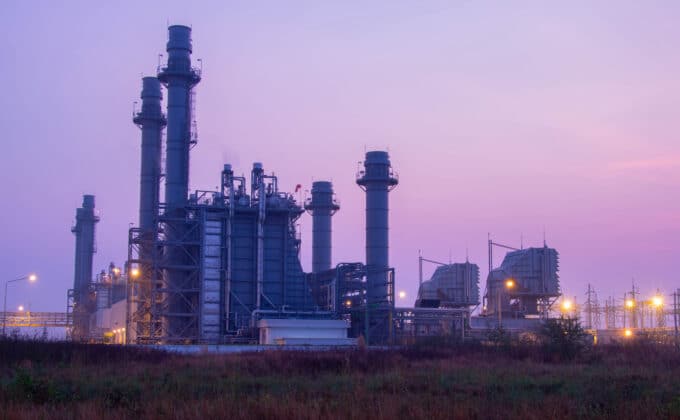
April 11, 2024
The History of Heat Pumps: Technology Advances to Meet the Cold-Climate Challenge
- Vivian Cox
Heat pumps — all-electric, super-efficient temperature control appliances that can both heat and cool indoor spaces — are a key to decarbonizing heating, especially as the grid is served increasingly by carbon-free resources. The 2022 Inflation Reduction Act (IRA), the… View Summary +
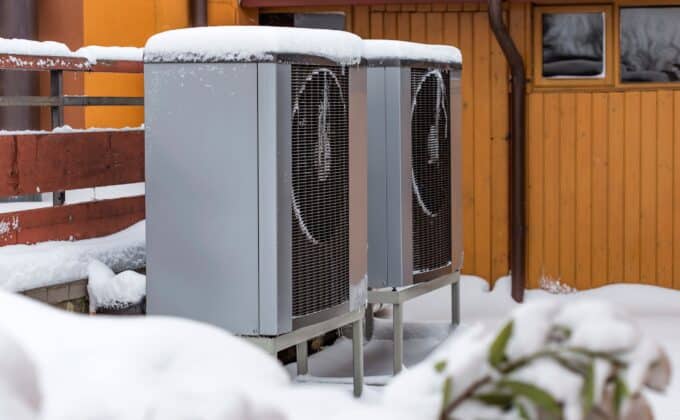
April 4, 2024
A New Chapter of Growth for RAP
- Regulatory Assistance Project
The Regulatory Assistance Project is beginning a new chapter of growth and thought leadership as we continue bringing clarity to the complexity of the clean energy transition. After thoughtful discussions between Richard Sedano and the RAP board of directors, Sedano… View Summary +
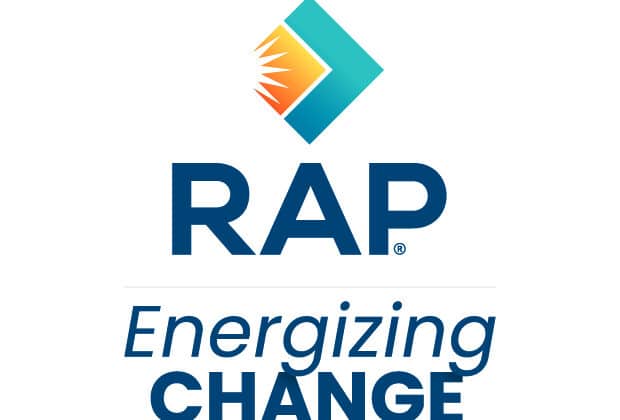
March 12, 2024
对建筑行业碳减排路径的探讨
中国提出的“双碳”目标要求在2030年实现全面碳达峰,2060年实现碳中和。这引发了一个问题,即建筑行业在2060年前实现脱碳的路径是什么。本文简要地概述了其中一个可行且具有成本效益的路径,并探讨了可能阻碍实现这一路径的潜在障碍。 建筑行业碳减排路径 中国宏观经济研究院能源研究所和一些国际机构定期开展能源转型的研究,包括对全面减碳路径的分析,以及对各个领域的发展建议。在《中国能源转型展望2022》(以下简称“展望”)中,根据双碳目标制定出的建筑行业碳减排路径分析,其中包含以下几个关键的建筑行业里程碑:… View Summary +
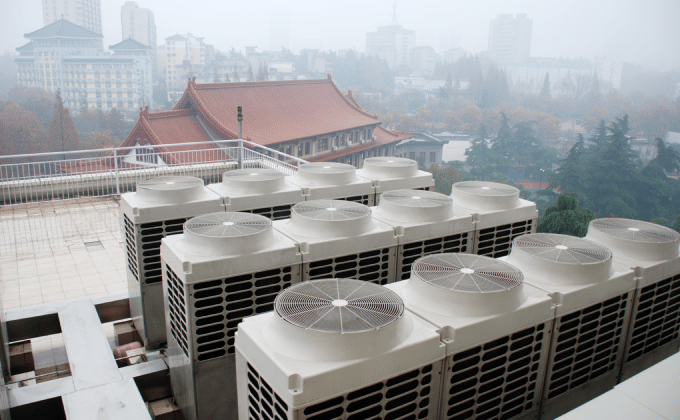
March 11, 2024
What is a feasible pathway to full building sector decarbonisation for China?
Our global team at RAP spends a lot of time working on the deep details of building sector energy policy and regulation, grappling with the next policymaking steps in various places around the world. To calibrate our efforts and to… View Summary +

